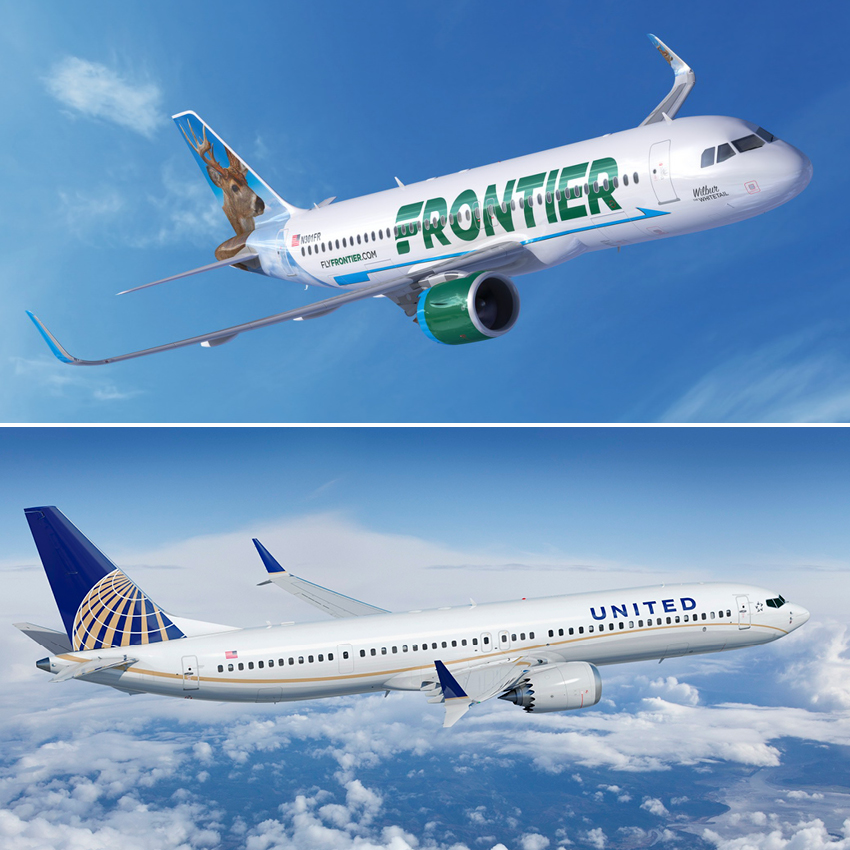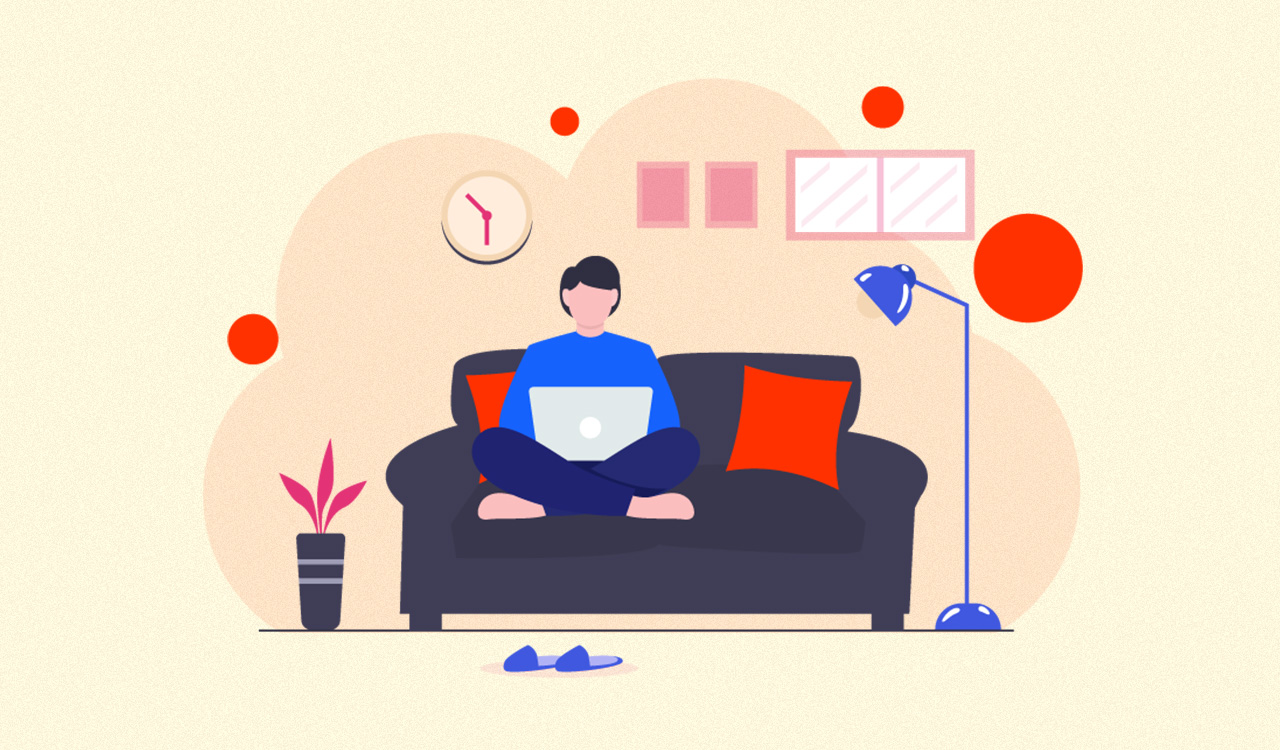A few weeks ago, Walmart debuted its new Express delivery program, whereby Walmart customers can pay an extra $10 fee to have their purchases delivered right to their doors in two hours or less. While questionable on many levels, the move, putting all objections aside, signifies something profound — namely, that the “experience” of retail is becoming less and less important with each passing Covid day. Similar to the airline industry, attitudes are shifting. What matters now is not experience but getting people what they need in the cheapest and most convenient ways possible, and, as a result, retail could be on the precipice of feeling more like a middle seat and a layover than any of us could have ever imagined.
The Southwest Airlines Retail Analogy
What if I told you retail could soon look and feel similar to airline travel? Would you believe me?
You should.
In the 1970s, Southwest airlines burst onto the scene, radically changing the airline industry forever. Its low-priced shuttle services between cities brushed aside the salad days of Mad Men-like executive travel and hospitality. As Robert Crandall, the former leader of American Airlines during the 1980s and 1990s, once told the New York Times, “They (Southwest) disproved the notion that customers preferred service to low prices. And to their credit, they have sustained that.”
Human beings will always crave experiences, but if all the other factors are done more easily digitally, then why should any of us assume that the experience of shopping should win out over all the other experiential options out there?
Ever since Southwest rose to prominence, the airline industry has seen a deluge of bankruptcies, mergers, and acquisitions (sound familiar?). The airlines that have survived since have pulled out all the stops to nickel and dime their consumers at every turn. Baggage fees, extra legroom charges, and, my personal favorite, paying to talk to an actual human being at check-in, are all now part of most airlines’ standard operating procedures.
The Digital Effect
Digital has had the same effect on retail, only the visibility to the growing extent of the potential issue has been somewhat masked until now. Physical retail stores have always existed for five key reasons:
- Inspiration
- Convenience
- Immediate Gratification
- Taction: i.e. the ability to touch and feel products or to do all the things one does to give oneself confidence in a purchase
- Experience: i.e. the social aspect of shopping itself
What digital, by way of social media and especially Amazon, has shown the world is that physicality doesn’t matter across these dimensions anymore. Take a closer look at the first four dimensions mentioned above through the lens of digital:
- Inspiration: That’s done just as well, if not better in 2020, via personalized platforms like Facebook and Instagram than it is delivered by most physical in-store experiences.
- Convenience: If one is willing to pay for it, it is much easier (and safer) to just have things delivered to one’s home.
- Immediate Gratification: With express delivery and curbside pickup now an option from most retailers, buying stuff inside a store has become far less of a differentiator.
- Taction: Even putting aside the safety aspect of touching things others have touched or trying clothes on in fitting rooms others have used, prior to Covid-19 ordering products online and then returning what one didn’t want was becoming an effective proxy and more of a time-saving tool than actually going to a physical store to do something similar.
Social Contract
Ah, yes, but what about experience? You left that out?
Yes, I did.
Experience still appears to be a differentiator on the surface, but is it really? Or, has Covid-19 already shown us that there really wasn’t that much to this whole experience argument from the get-go? Yes, human beings will always crave experiences, but if the other four factors are done more easily digitally, then why should any of us assume that the experience of shopping should win out over all the other experiential options out there, like eating, going to a museum, playing with the kids, etc.?
We shouldn’t.
It’s just that prior to digital, the experiential value of shopping was by default attached to meeting consumers’ needs across the other four dimensions above, almost like a conjoined twin, and, therefore, far overvalued.
The Covid Catalyst
There is a new reality brewing under Covid-19. Retail right now is only about fulfilling needs, not wants. Grocery sales are off the charts, e-commerce is going like gangbusters, one-stop shops like Walmart and Target have reported ridiculous digital sales figures, and, despite all the enthusiastic talk of reopening, studies still show that many consumers are scared to venture out into malls again.
Comparing retail to the airline industry might sound crazy at first blush, but there are other headlines beyond the above that are already bubbling up to support that there could be more to come.
- Kohl’s, for example, has already started to remove racks for impulse purchases within its stores; some grocery delivery services are now defaulting to a set tip rate; and Walmart, too, recently unveiled its newest add-on, a delivery service, called Walmart Express, where Walmart customers can pay an additional $10 on top of its “typical delivery fees of $7.95 or $9.95” to have their items delivered right to their homes in under two hours.
- Walmart’s new program even uses “machine learning and sophisticated algorithms” to help plot order loading, staffing, and delivery windows for customers, which, if you are keeping score at home, sounds a lot like priority boarding, mixed in with a little dynamic analytics, and, even worse, a promotional upgrade to first-class, when 36 million people have applied for unemployment benefits over the last two months, standard deliveries are already a roll of the proverbial dice for most consumers, and food shortages are also a looming threat.
So, what’s not to love? The above examples all make great business sense, right?
Pragmatic Measures
Times are tough and drastic times call for pragmatic measures. Take pricing, for example. Why not charge a little more while the demand curve is a little less elastic? What’s wrong with that? Or, why go through the hassle of carrying extra SKUs in a department store, when a retailer can just as simply say, “Oh, we don’t have that here, but you can go online and spend the extra time and money to get it.” This is the equivalent of paying an insane amount for a snack box of crap on a flight.
Legacy brick-and-mortar business models were failing pre-Covid, but now the virus has accelerated the pace of retail’s reckoning. Plus, few retailers have had a built-in Prime-like advantage to tackle the issues in front of them.
Together Covid-19 and Amazon have done a Southwest Airlines to the retail industry. They have shown the world that shopping is different from buying. While buying is something people have to do. Shopping, on the other hand, is completely discretionary, much like choosing an airline to fly from New York to Los Angeles. Everyone needs to get from Point A to Point B, but how one gets there and how much time and money one spends along the way is up to the individual, with low prices and convenience always winning out in the long run.
Fly the Friendly Skies with Low Fares Done Right
So, let’s give the retailers a break. What else are they supposed to do? Innovate? C’mon, that’s too easy. Now is not the time for that. Now is the time to make like United and Frontier and go all in!
- Customers need to make a return? Sure, there’s a service fee for that.
- Customers want VIP parking at the mall? Sure, there’s a special upcharge for that.
- Customers want to talk to humans at checkout? Sure, we can do that too, but they’ll have to pay extra to have someone check them in…uh, I mean, out!
The above sounds satirical because it is.
But, would you honestly put it past Macy’s, Kohl’s, J.C. Penney’s, heck, even mall operators not to try anything and everything along these lines? I bet you wouldn’t.
Retail Sleepwalking to the Future
The collective industry, barring a few exceptions, has been asleep at the wheel for almost two decades. It has shown little in the way of innovative or breakthrough thinking of late, so what’s to say its most haggard leaders won’t start grasping at straws to keep their business models afloat?
It is entirely plausible and worth thinking about.
Meanwhile, Amazon will just sit back, rest on its untouchable value over price equation, and watch and wait, as all its competition either falls by the wayside or consolidates to such an extent that the retail we all knew from the past becomes nothing more than a fond remembrance akin to the silver wings of Pan Am and TWA floating through the feathery clouds of nostalgia.




